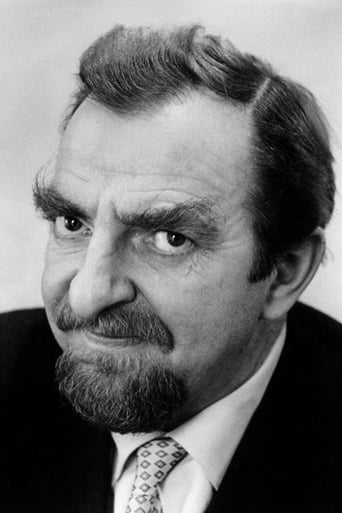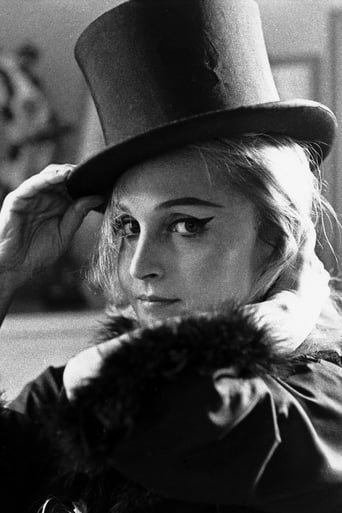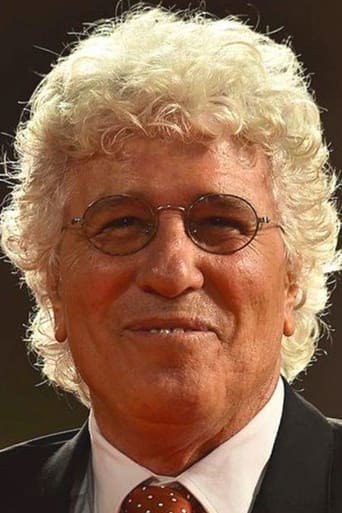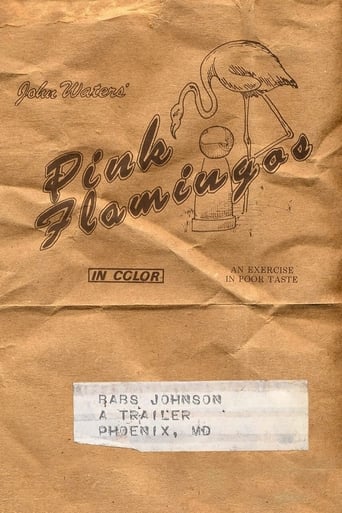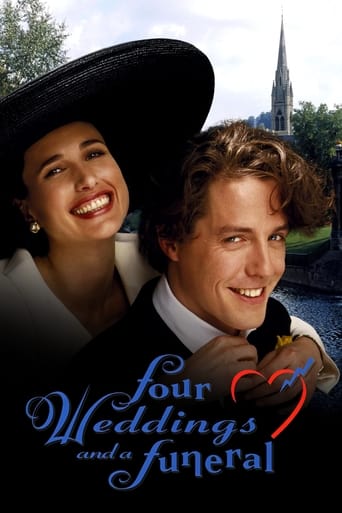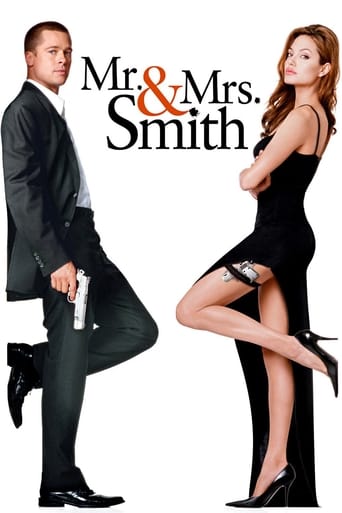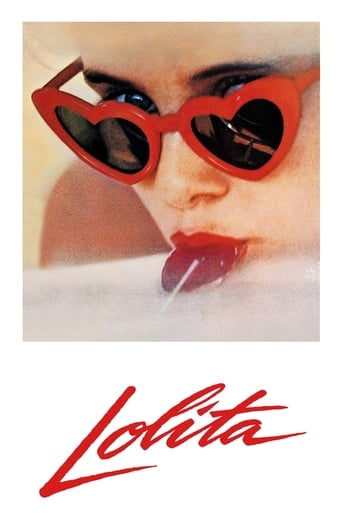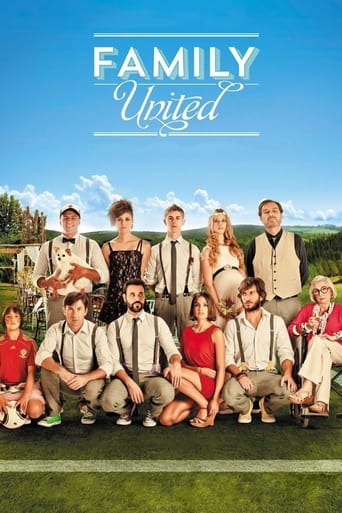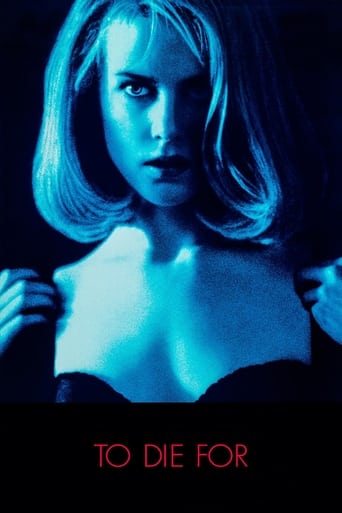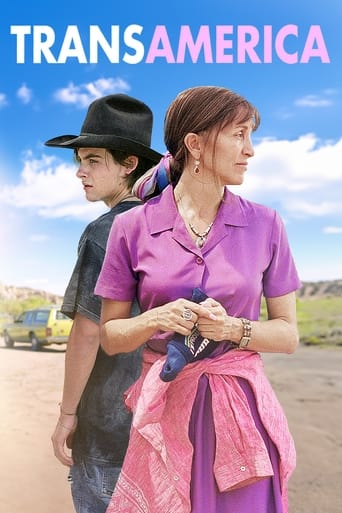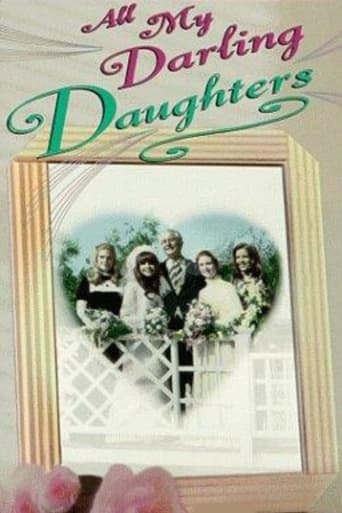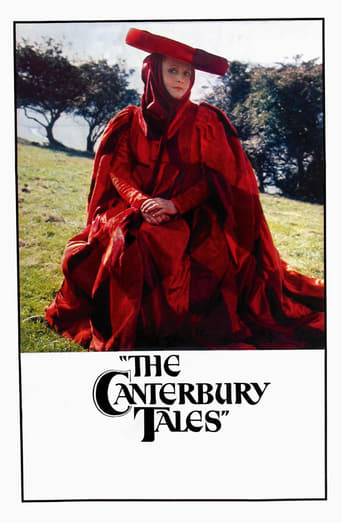
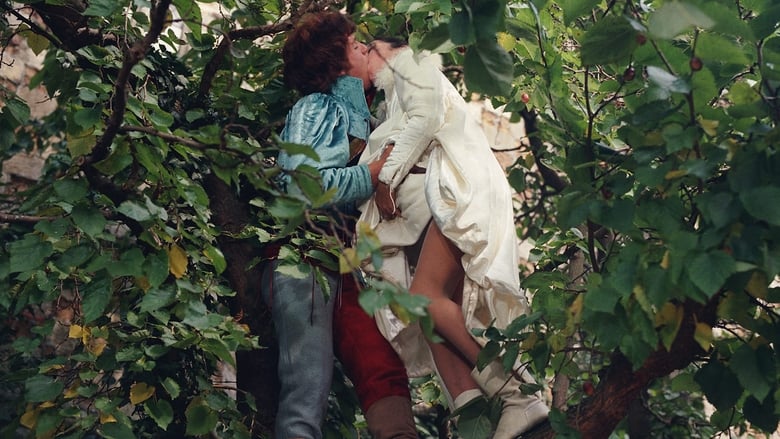
The Canterbury Tales (1979)
Glimpses of Chaucer penning his famous work are sprinkled through this re-enactment of several of his stories.
Watch Trailer
Cast


Similar titles
Reviews
The Italian movie I racconti di Canterbury (1972) was shown in the U.S. with the translated title The Canterbury Tales. It was written and directed by Pier Paolo Pasolini, who adapted it for the screen from the original work by Geoffrey Chaucer.What this movie has in abundance is male and female full frontal nudity. This was a big deal 45 years ago, but it's not noteworthy now. Once you accept the fact that there's endless full frontal nudity, the rest of the film has very little to offer. Chaucer is one of the greatest English language authors. It's hard to believe that an experienced director couldn't make these stories come alive. However, for me, nothing came alive in the entire two hours.For example, the movie is dubbed, and the dubbing doesn't work. There's no shortage of medieval crowd scenes--pigs, dogs, urchins, beggars, etc., but they are confusing and don't really move the action forward. I have to give credit to Pasolini for using an extraordinary number of extras. (Of course, to a certain extent he saved on costume expenses.) There are also some great shots of Wells Cathedral. Not much else. Chaucer's strength is that he brings the people who tell the tales to life. Here, we just get the tales. Also, Pasolini has added some material, with no obvious purpose. In fact, the last tale looks like something out of a Bosch painting, not something written by Chaucer. Did Pasolini really think The Canterbury Tales needed improvement?We saw this film at the wonderful Dryden Theatre in Rochester's George Eastman Museum. It's the best venue for movies that I know. Not only is the auditorium perfect for films, but the Dryden shows movies that are hard to find and sometimes controversial. The program director knows that not every film will appeal to every person. He takes chances, and that's great. However, that sets up a situation where you win some and lose some. This movie was a loser. Don't waste your time and money on it.
From where I was sitting - I found viewing the sex scenes in Pasolini's "The Canterbury Tales" to be about as joyful and arousing as watching a filthy street-beggar pick their nose.And, speaking further about these sex scenes - For the most part, they were either focused on grotesque-looking old men screwing virginal, young maidens (or else) pimply faced youths being buggered up the ass.If you ask me - I'd say that this film's story was delivered with the same sort of distasteful enthusiasm as you'd get from a reluctant farm-boy who had been ordered to shovel up a huge, stinking heap of horse manure into a truck.And, speaking about the actors in this film - I swear that the whole, talentless lot of them had been rounded up from the local, skid-row, welfare office line-up.And, finally - If this film's hellish, anally-fixated finale was really supposed to make up for all of its prior short-comings - Well - It sure didn't impress this viewer. No. Not one bit.*Note* - 1972's "The Canterbury Tales" would be director Pablo Pasolini's 3rd-to-last picture. In 1975 Pasolini was brutally murdered by a 17-year-old "rent boy" who repeatedly ran him over with his own car.
Making a film about the Canterbuy Tales, one that lasts one to two hours, presents one with the decision of how to go about it.The logical approach would be to tell of the pilgrimage itself, and then splice 2 or 3 tales at a time, probably beginning with the joke tales, like the miller's.It would be doubtful that one could get all the stories in, and still have a pilgrimage tale.Here, the pilgrimage is pretty much forgotten, just mentioned at the beginning.The cuts between stories are sometimes straights cuts, and sometimes back to Chaucer writing the tale.The bawdiness is kept, although it is done more Italian style than English. There is a mixture of the two cultures involved here.The stories stay fairly true to form.It would take a huge budget to include the squire's story, and indeed, the squire's story would take some interpretation to finish. Sadly, it is left out.Which leaves the pardoner's story as the "thriller" story. I was very much hoping this story, a natural finale, would be the climax.I wasn't disappointed. The pardoner's tale is the masterpiece in terms of action and adventure. It isn't exactly the very last tale, but close enough to serve as the climax, as there are two very brief joke tales that follow it.Would I piece it together like this? Probably not. I think each person would direct this in a different way, with about a half dozen general methods.However, I liked the way this film was done. It stayed very true to form, in my opinion. Most of the tales are "raunchy humor" tales, showing the mores of what one would expect to be puritan people, most of them professionals in religion. This was well done.
It's entertaining but certainly not for the faint of heart. Pier Paolo Pasolini's take on (at least some of) Chaucer's ribald tales is grotesque, funny, ugly and never dull. Pasolini himself plays a particularly cadaverous looking Chaucer and the large cast of both English & Italian actors is excellent. Hugh Griffith plays the blustery Sir January and Josephine Chaplin is his unlikely May in "The Merchant's Tale," the most flat-out entertaining vignette. Laura Betti plays it especially naughty in "The Wife of Bath's Tale." Tom Baker is her unlucky fifth husband. "The Summoner's Tale" is absolute insanity. It's far more Pasolini than Chaucer, as if Ken Russell had directed The Three Stooges! The great cinematography is by Tonino Delli Colli.


